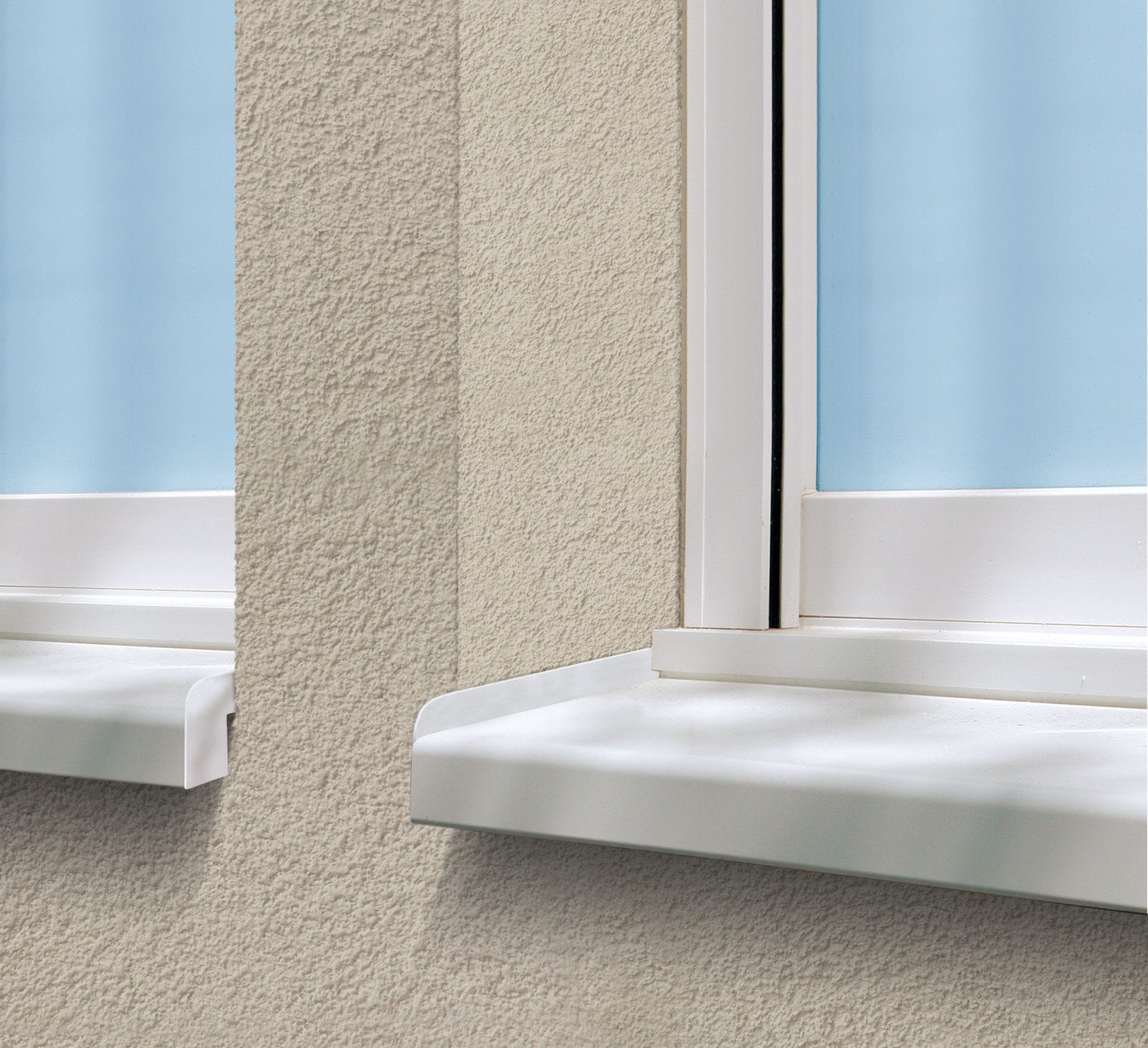Hey there, home enthusiasts! Are your window sills showing signs of wear and tear, or are your furry friends treating them like their personal scratching posts? This comprehensive guide is your one-stop resource for everything you need to know about protecting your window sills, from everyday mishaps to serious damage.
Choosing the Right Window Sill Protection
Window sills contribute significantly to your home’s insulation, weatherproofing, and overall aesthetic. Unfortunately, they’re also vulnerable to damage from pets, spills, sunlight, and general wear and tear. Window sill protectors are a simple yet effective solution, shielding your sills and potentially saving you money on costly repairs down the line. This guide explores the various types of protectors, their benefits, and how to choose the perfect one for your needs.
Types of Window Sill Protectors
Just like home décor, window sill protectors come in various styles and materials, each with its own set of advantages and disadvantages:
-
Clear Plastic: Offers a transparent shield, preserving the natural look of your sills. However, it may be more susceptible to scratches and potentially yellow over time.
-
White PVC: A durable and opaque option that’s great for hiding imperfections. It’s easy to clean but may not be as aesthetically versatile as clear protectors.
-
Custom-Fit Protectors: Designed for uniquely shaped or sized windows, these provide a perfect fit and optimal protection, although they tend to be more expensive.
Here’s a quick comparison:
| Material | Pros | Cons |
|---|---|---|
| Clear Plastic | See-through, maintains original sill look | Can scratch, may yellow over time |
| White PVC | Durable, hides imperfections | Less aesthetically versatile |
| Custom-Fit | Perfect fit, optimal protection | More expensive than standard options |
Installation Methods
Installing window sill protectors is typically straightforward:
-
Adhesive-Backed: The easiest method, ideal for DIY enthusiasts. A clean, dry sill surface is essential for proper adhesion.
-
Clips/Fasteners: Provides a more secure, permanent solution, particularly suitable for outdoor sills or high-traffic areas.
-
Custom Installation: Professional installation might be necessary for complex shapes, ensuring a flawless fit and maximum protection.
Benefits of Using Sill Protectors
Window sill protectors offer a range of benefits:
- Pet Protection: Shields sills from scratches, slobber, and even chewing.
- Moisture Resistance: Prevents water damage from spills and condensation.
- Extended Sill Lifespan: Protects from everyday wear and tear, prolonging the life of your sills.
- UV Protection (in some cases): Certain materials offer UV protection, minimizing fading and discoloration.
Selecting the Right Protector
Consider these factors when choosing a window sill protector:
- Material: Prioritize invisibility, durability, or other factors based on your needs.
- Size: Accurate measurements are vital for a proper fit.
- Installation Method: Choose a method based on your DIY skills.
- Budget: Protectors come in a range of prices.
- Aesthetics: Select a protector that complements your home décor.
Maintaining Your Sill Protectors
Regular cleaning with mild soap and water is usually sufficient. Avoid abrasive cleaners. Inspect your protectors periodically and replace them as needed.
If you’re seeking a perfect solution to maximize your window space, consider installing a window shelf.
Childproofing Your Window Sills: A Comprehensive Guide
Protecting your window sills from the elements is important, but ensuring the safety of your children around windows is paramount. This section provides a multi-layered approach to childproofing window sills, creating a safe environment for curious little ones.
Controlling Window Openings
- Window Restrictors/Stops: Limit how far a window can open (ideally no more than 4 inches), preventing children from squeezing through.
- Lockable Window Handles: Provide an extra layer of security, especially for very young children, by requiring a key to open.
- Tilt and Turn Windows: Offer a safer ventilation option, tilting inward from the top to minimize the bottom opening.
Guards and Barriers
- Window Guards: Securely fastened metal grills that prevent falls, even if a screen is pushed out.
- Safety Glass/Window Film: While not specific to the sill, these strengthen the glass, reducing the risk of shattering.
Window Sill-Specific Tactics
- Cover Sharp Corners: Use corner guards or cushions to soften potentially hazardous edges.
- Remove Alluring Items: Keep toys and other attractive objects off sills to discourage climbing.
- Secure Furniture: Position furniture away from windows to prevent its use as a climbing aid.
Smart Tech Solutions
- Window Sensors: Trigger an alarm if a window is opened, providing an immediate alert.
- Window Cord Safety: Use cord shorteners, cleats, or cordless blinds to eliminate strangulation hazards.
Proactive Habits
- Supervise Young Children: Never leave young children unattended near open windows.
- Educate Older Children: Teach children about window safety and the dangers of open windows.
By combining these strategies, you can significantly enhance window safety. Remember, expert recommendations may evolve with ongoing research, so staying updated on the latest safety practices is always beneficial.
Protecting Your Window Sills from Rain
Rainwater can cause significant damage to window sills, leading to rot, warping, and costly repairs. This section explores effective methods for protecting your sills from rain and ensuring their longevity.
Sealing and Coating
Applying water-repellent preservatives, stains, or paints creates a protective barrier. For wooden sills, a quality stain enhances the natural beauty while offering protection. Specialized sealants are available for other materials like stone or composite. Applying a waterproof finish to the raw edges and underside of the sill before installation is crucial, as is using rubberized caulk between the sill and the window to prevent seepage. To protect against sun damage, consider a coat of Helmsman® Teak Oil over Helmsman® Spar Urethane.
Physical Barriers
Window sill covers or protectors provide a physical shield against rainwater. Options include M-D Building Products sill nosing weatherstrips. Prices for sill covers range from $10 to $100, while Sill Shield typically costs between $17.99 and $19.99, depending on the width.
Proper Installation and Maintenance
Properly sealed windows are essential. Regular cleaning prevents the accumulation of dirt and debris that can trap moisture.
Adequate Ventilation
Proper ventilation minimizes condensation buildup, which can also damage sills. Consider using exhaust fans, opening windows when possible, or using a dehumidifier.
The effectiveness of these methods can be influenced by the sill’s angle. A slight slope promotes water runoff. Research into advanced protective coatings is ongoing, suggesting that even more effective solutions may be available in the future.
| Protection Method | Pros | Cons |
|---|---|---|
| Sealants and Coatings | Relatively inexpensive, easy to apply, enhance appearance | May require reapplication periodically |
| Physical Barriers | Effective protection, various styles available | Can be more expensive, may not suit all aesthetics |
| Proper Installation | Prevents water intrusion from the start | Requires professional installation for new windows |
| Regular Maintenance | Simple, cost-effective way to prolong sill life | Requires ongoing effort |
| Adequate Ventilation | Prevents condensation damage, improves indoor air quality | Requires mindful management |
The optimal approach depends on your climate, sill material, and personal preferences.
Covering a Damaged Window Sill: A DIY Guide
Covering a damaged window sill not only improves aesthetics but also prevents further deterioration. This guide provides a step-by-step approach to covering and repairing damaged sills.
Step 1: Assessing the Damage
Carefully examine the sill to determine the extent of the damage, from minor scratches to more significant issues like rot or deep gouges.
Step 2: Repairing the Sill
Minor scratches can be repaired with sanding and wood filler, followed by paint or stain. More substantial damage, like deep cracks or rot, might require professional help.
Step 3: Choosing a Covering
Several covering options exist, each with its pros and cons:
| Covering Option | Pros | Cons |
|---|---|---|
| Sill Shield™ | Easy to install, protects against scratches and minor impacts, affordable | May not completely conceal major damage, limited color options |
| PVC Window Sill Covers | Durable, low-maintenance, completely covers damaged sills | Can be more expensive, installation can be slightly more complex |
| Painting/Staining | Enhances natural wood, affordable | Requires regular maintenance, less protection than covers |
| Polyurethane | Adds a protective layer, enhances appearance | Can yellow over time, requires reapplication |
Step 4: Installing the Covering
Follow the manufacturer’s instructions carefully. Sill Shield™ is typically easy to install, while PVC covers might require cutting and sealant.
Step 5: Maintaining the Covering
Regular cleaning with mild soap and water is crucial. Avoid harsh chemicals. Inspect the covering for wear and tear and address any minor issues promptly. Preventative maintenance, such as regular cleaning and sealing, is key to prolonging the life of your window sills. Ongoing research continually explores new materials and techniques, so staying informed about advancements is always recommended.
- How to Measure Your Belt Size (for Women): 3 Easy & Accurate Methods - April 27, 2025
- How to Remove Permanent Hair Dye From Hair: Safe & Effective Methods - April 27, 2025
- How to Remove Ink from Leather: Effective DIY Methods and Expert Tips - April 27, 2025










